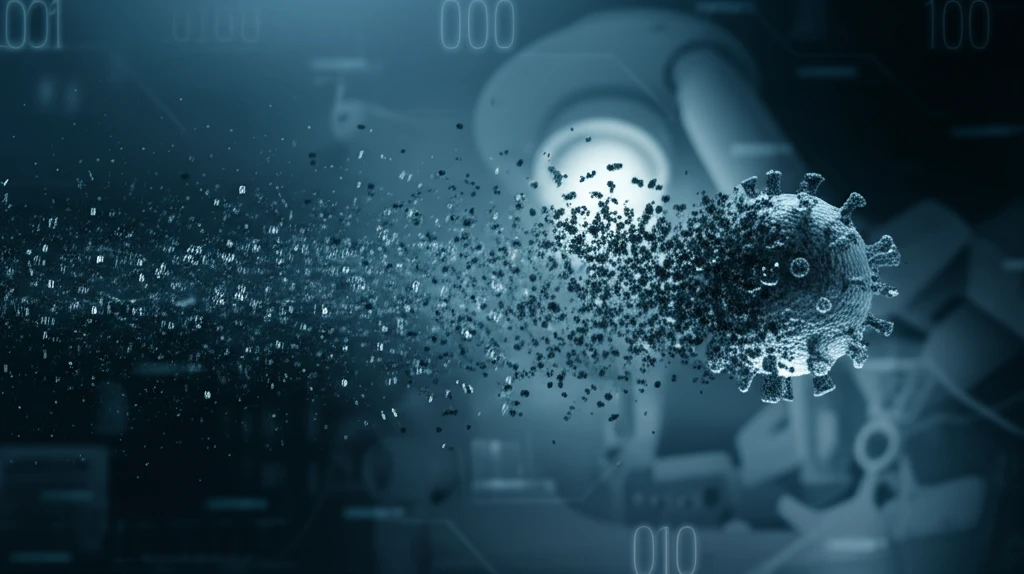
Unlocking the Secrets of Viruses: How New Tech is Changing 3D Imaging
"Revolutionizing Virus Research with Multiresolution MAPEM: A Breakthrough in 3D Reconstruction"
Understanding viruses is crucial for developing effective vaccines and antiviral treatments. Visualizing their structure in three dimensions (3D) allows scientists to decipher how they assemble, infect cells, and evade the immune system. Traditional methods, however, often fall short due to limitations in image resolution and clarity. This is where innovative techniques like multiresolution Maximum a Posteriori Probability Expectation Maximization (MAPEM) come into play, promising a clearer and more detailed view of these tiny invaders.
Single Particle Reconstruction (SPR) is a widely used method that involves collecting two-dimensional (2D) projection images of numerous virus particles, all randomly oriented. Imagine taking thousands of snapshots of the same object from different angles. These images, captured using electron microscopy, are then computationally processed to reconstruct a 3D model. However, these images are notoriously noisy, and the reconstruction process is complex, demanding advanced algorithms to produce accurate results.
The challenge lies in improving the signal-to-noise ratio and compensating for the limited range of viewing angles achieved during data collection. This article explores how the multiresolution MAPEM method addresses these challenges, providing a pathway to high-resolution 3D reconstructions of symmetrical particles, ultimately advancing our understanding and treatment of viral diseases.
The Power of Multiresolution MAPEM

The multiresolution MAPEM method builds upon conventional MAPEM techniques, which have already proven successful in suppressing noise and addressing incomplete angular sampling. This innovative approach refines the reconstruction process by incorporating prior knowledge about the symmetry of the virus particle being studied. Think of it as having a blueprint that guides the construction, ensuring a more accurate and reliable final product.
- Symmetry Incorporation: Exploits the inherent symmetry of virus particles to improve reconstruction accuracy.
- Median Root Prior: Utilizes statistical methods to reduce noise and enhance image clarity.
- Multiresolution Approach: Employs a series of reconstruction grids with increasing dimensions, allowing for progressive refinement of the 3D image.
- Iterative Refinement: Repeats the reconstruction process multiple times to optimize the final result.
The Future of Virus Imaging
The multiresolution MAPEM method represents a significant step forward in virus imaging, offering the potential to unlock new insights into viral structure and function. By providing more accurate and detailed 3D reconstructions, this technique can accelerate the development of effective vaccines and antiviral therapies, ultimately helping to combat a wide range of viral diseases. As technology continues to advance, we can expect even more sophisticated imaging techniques to emerge, further revolutionizing our understanding of the microscopic world.
